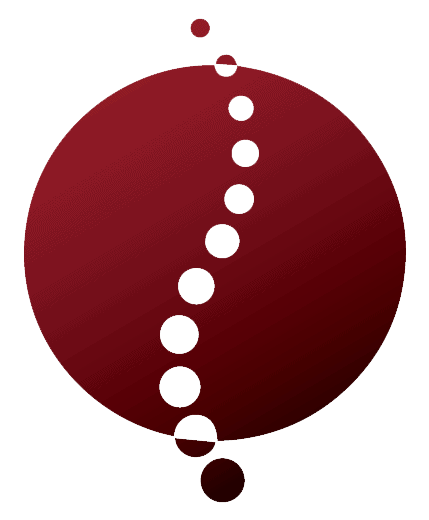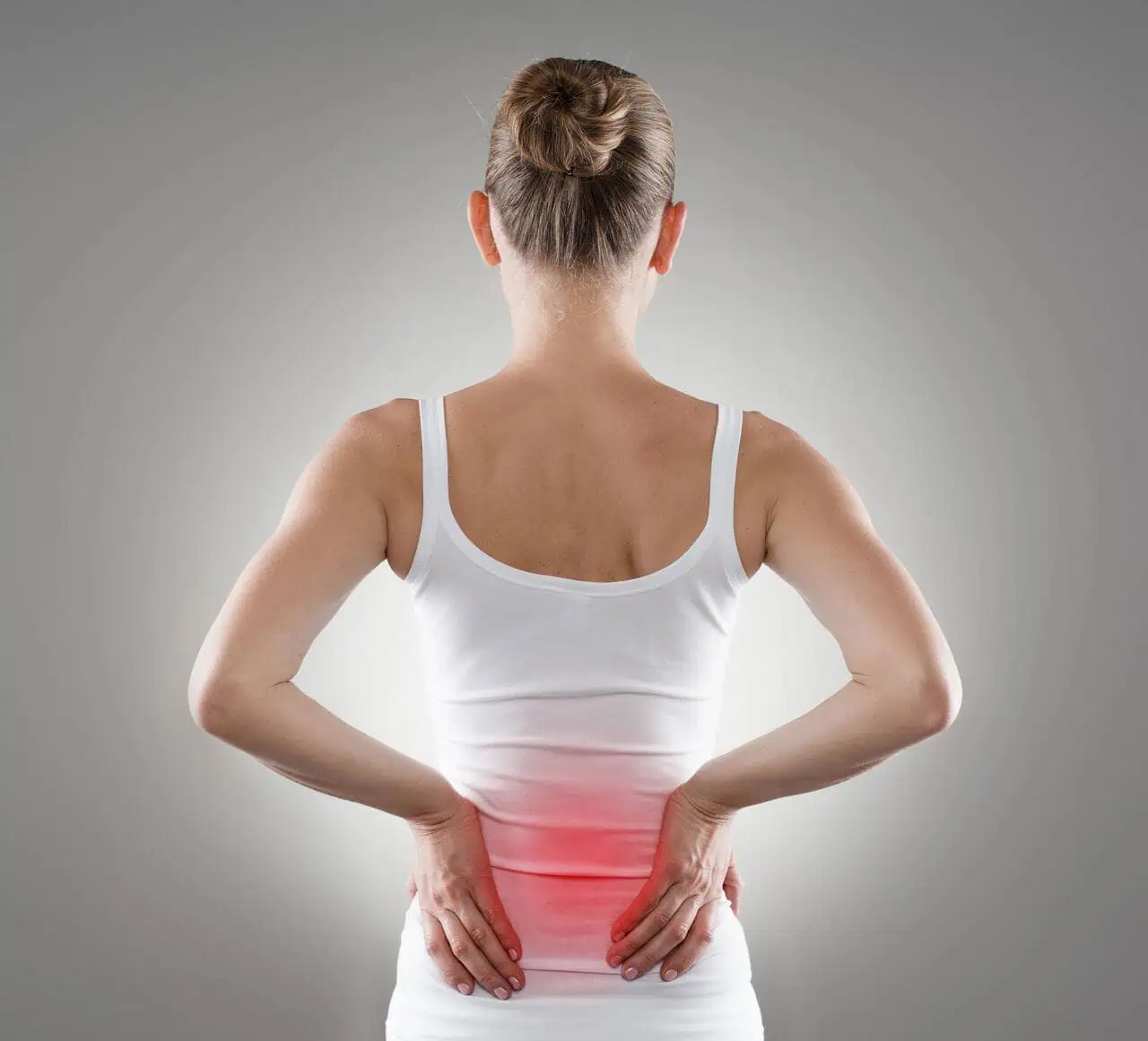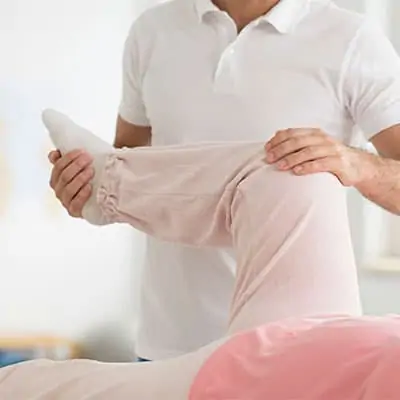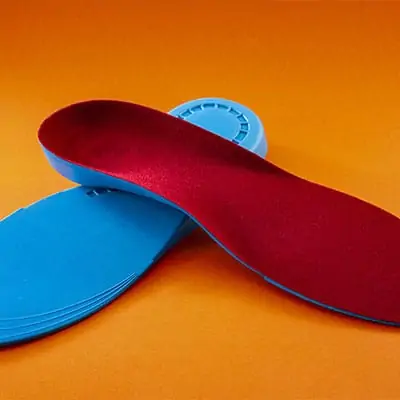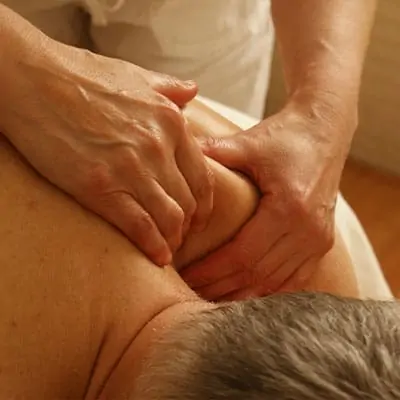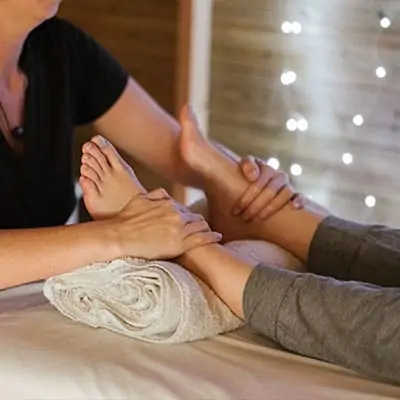Understanding Back Pain
Back pain is a common issue that affects many individuals at some point in their lives. Understanding the root causes and the effects it has on daily activities can empower you to seek effective solutions, such as massage therapy for back pain.
Causes of Back Pain
Back pain can arise from various factors, including injuries, poor posture, and underlying medical conditions. The following table outlines some common causes of back pain:
| Cause | Description |
|---|---|
| Muscle Strain | Overstretching or injury to back muscles. |
| Herniated Disc | Displacement of spinal disc causing nerve pressure. |
| Arthritis | Inflammation of joints in the spine. |
| Sciatica | Compression of the sciatic nerve causing pain down the leg. |
| Poor Posture | Prolonged sitting or standing in improper positions. |
Effects of Back Pain on Daily Life
Living with back pain can significantly impact your quality of life. It can hinder your ability to perform daily tasks, participate in recreational activities, and maintain a healthy lifestyle. Common effects include:
| Effect | Description |
|---|---|
| Decreased Mobility | Difficulty in moving freely; limitations in bending or lifting. |
| Reduced Activity | Avoidance of physical activities leading to a sedentary lifestyle. |
| Impaired Sleep | Discomfort can disrupt sleep patterns, causing fatigue. |
| Emotional Stress | Chronic pain can lead to anxiety or depression. |
| Limitations in Work | Difficulty in performing job-related tasks, potentially affecting performance and job satisfaction. |
If you deal with back pain, exploring treatments and therapies can help alleviate discomfort and improve your daily activities. For more on effective techniques, check our overview of types of massage therapy available to address back pain.
Introduction to Massage Therapy
Benefits of Massage Therapy
Massage therapy has numerous advantages that can enhance your overall well-being. Here are some key benefits:
| Benefit | Description |
|---|---|
| Pain Relief | Alleviates discomfort associated with conditions like back pain. |
| Improved Circulation | Increases blood flow, promoting healing and recovery. |
| Reduced Muscle Tension | Helps to relax tight muscles, relieving stiffness. |
| Enhanced Flexibility | Improves range of motion and flexibility in the body. |
| Stress Reduction | Provides relaxation, reducing anxiety and promoting mental clarity. |
| Better Sleep Quality | Can lead to improved sleep patterns and restful sleep. |
For more insight into these advantages, visit our article on massage therapy benefits.
How Massage Therapy Helps with Back Pain
Massage therapy can be a powerful tool in managing and alleviating back pain. Here’s how it works:
- Relaxation of Tense Muscles: Massage targets tight muscles, easing pain and facilitating movement.
- Improved Blood Flow: Massage improves circulation to the affected areas, promoting healing and reducing inflammation.
- Reduction of Stress: By alleviating stress and tension, massage therapy can help decrease the perception of pain.
- Enhancing Range of Motion: Increased blood flow and relaxation contribute to improved flexibility, allowing for greater ease in movement.
Different techniques such as deep tissue massage or trigger point therapy can specifically focus on areas of discomfort, further enhancing the effects of treatment. Understanding the various forms of massage can help you determine the best approach for your needs. For a comprehensive overview, explore our section on types of massage therapy.
Types of Massage Therapy
Exploring different types of massage therapy can help you find the most effective approach for alleviating back pain. Each method has unique techniques and benefits, so understanding what they offer can guide your decision.
Swedish Massage
Swedish massage is one of the most popular types of massage therapy. It uses long, flowing strokes, kneading, and circular movements to promote relaxation and improve circulation. This technique is especially beneficial for relieving tension in the back and enhancing overall well-being.
Benefits of Swedish Massage for Back Pain
| Benefit | Description |
|---|---|
| Improved Circulation | Increases blood flow to muscles, aiding in recovery and reducing pain. |
| Relaxation | Promotes a sense of calm, helping to relieve stress that may contribute to back pain. |
| Muscle Tension Relief | Eases tightness in muscles, enhancing flexibility and range of motion. |
For more details on this technique, explore our article on swedish massage therapy.
Deep Tissue Massage
Deep tissue massage focuses on the deeper layers of muscle tissue. It uses more intense pressure and specific techniques to target chronic pain and muscle stiffness. If you experience persistent or severe back pain, this type of massage may offer significant relief.
Benefits of Deep Tissue Massage for Back Pain
| Benefit | Description |
|---|---|
| Targeted Pain Relief | Addresses deep-seated tension and pain in specific areas. |
| Breaks Down Scar Tissue | Helps in the rehabilitation of areas affected by injury or chronic pain. |
| Enhanced Mobility | Increases flexibility and reduces discomfort during movement. |
Learn more about the advantages of this technique in our article on deep tissue massage therapy.
Trigger Point Therapy
Trigger point therapy targets specific areas of muscle known as trigger points, which are often a source of pain throughout the body. This technique involves applying pressure to these points, helping to relieve pain in the back and other areas.
Benefits of Trigger Point Therapy for Back Pain
| Benefit | Description |
|---|---|
| Pain Reduction | Alleviates muscle pain by deactivating trigger points. |
| Improved Muscle Function | Restores proper function to muscles by releasing tension. |
| Customized Treatment | Focuses specifically on areas of pain, providing targeted relief. |
For more insights on trigger point techniques, refer to our article on trigger point massage therapy.
By understanding these distinct types of massage therapy, you can make an informed choice about which best suits your needs for managing back pain. Incorporating massage therapy into your routine can enhance your overall quality of life, especially if combined with other forms of treatment.
Finding the Right Massage Therapist
Choosing the right massage therapist is essential for getting effective treatment for back pain. You want to ensure that your therapist has the proper qualifications and relevant experience.
Qualifications and Certifications
When searching for a massage therapist, pay attention to their qualifications and certifications. This ensures that they have undergone proper training and are knowledgeable about various massage techniques. Common certifications to look for include:
| Certification | Description |
|---|---|
| Licensed Massage Therapist (LMT) | Indicates that the therapist has completed state-required training and examinations. |
| National Certification Board for Therapeutic Massage & Bodywork (NCBTMB) | Recognizes therapists who have met national standards in training and competency. |
| Specialized Certifications | Look for certifications in areas such as sports massage therapy, deep tissue massage therapy, or trigger point massage therapy specific to back pain relief. |
Ensure that your therapist is in good standing with their licensing board as well. This adds another layer of assurance that you are receiving care from a qualified professional.
Experience with Back Pain
In addition to their qualifications, the therapist’s experience with back pain is crucial. Experienced therapists are more likely to understand the complexities of back pain and can tailor their techniques accordingly. Here are some factors to consider regarding their experience:
- Years of Practice: A therapist with several years of experience may better recognize back pain patterns and effective treatment methods.
- Specialization: Some therapists focus primarily on back pain recovery. Seek out those with specific training or experience in using massage therapy for back pain.
- Client Testimonials: If possible, read client reviews or ask for referrals to gauge their success with treating back pain.
It’s important to have a thorough conversation with potential therapists about your specific needs and to ask about their approach to managing back pain. This will help ensure you find a therapist who is a good fit for your requirements. For more insights, explore our article on massage therapy benefits and how they can positively influence your back health.
In-Home Massage Techniques
Incorporating in-home massage techniques into your routine can significantly help manage back pain. Here are some effective self-massage methods and tools to enhance your experience and provide relief.
Self-Massage for Back Pain Relief
Self-massage is a practical and effective way to alleviate tension in your back muscles. Here are a few techniques you can try:
- Kneading: Use your fingers and palms to apply pressure to the areas of discomfort. Focus on tender spots and move in circular motions.
- Thumb Techniques: Use your thumbs to press into tight muscle knots along your spine. Hold the pressure for a few seconds, then release.
- Foam Rolling: Roll your back on a foam roller to target larger muscle groups. Aim to roll for 1-2 minutes on each section of your back.
- Ball Massage: Place a tennis ball or massage ball between your back and a wall to gently roll out tight areas. Adjust the pressure by leaning against the wall.
| Technique | Description |
|---|---|
| Kneading | Use fingers and palms in circular motions on tender spots |
| Thumb Techniques | Press thumbs into tight knots, holding pressure for a few seconds |
| Foam Rolling | Roll on a foam roller to target larger muscle groups |
| Ball Massage | Roll a tennis or massage ball against the wall to relieve tight areas |
Tools and Techniques for Home Use
Utilizing tools can enhance your self-massage experience. Here are some recommended tools, along with techniques for their use:
| Tool | Recommended Techniques |
|---|---|
| Foam Roller | Lie on the roller and gently roll from upper to lower back |
| Tennis Ball | Position between your back and a hard surface to target knots |
| Massage Stick | Roll over your muscles while seated or standing |
| Heat Pack | Apply for 15-20 minutes to relax muscles before massage |
Additionally, applying a heat pack for 15-20 minutes before self-massage can relax tight muscles and make the massage more effective.
For more information on different types of massage and their benefits, visit our articles on therapeutic massage therapy and types of massage therapy. By incorporating these self-massage techniques and tools into your routine, you can take an active role in managing your back pain.
Incorporating Massage Therapy into Your Routine
Integrating massage therapy into your regular self-care regimen can significantly enhance your overall well-being, particularly if you’re dealing with back pain. Discovering the right frequency for sessions and exploring other therapies can help you achieve optimal results.
Frequency of Sessions
To effectively manage back pain through massage therapy, it is essential to determine how often you should schedule your sessions. Here’s a guideline to help you establish a routine that meets your needs:
| Session Frequency | Description |
|---|---|
| Weekly | Best for chronic pain or during acute flare-ups. This frequency allows for consistent relief and muscle relaxation. |
| Every Other Week | Ideal for moderate discomfort. This schedule balances maintenance and recovery. |
| Monthly | Suitable for those looking for occasional relief or to manage stress. This frequency is effective for maintaining overall wellness. |
You may need to adjust based on your specific condition and personal preferences. Always consult with a qualified massage therapist to tailor a plan that aligns with your needs. For more information on various types of techniques, check our article on massage therapy techniques.
Other Complementary Therapies to Consider
In addition to regular massage sessions, incorporating complementary therapies can enhance your pain relief efforts. Consider integrating these therapies into your routine:
- Physical Therapy: A tailored plan from a physical therapist can address specific issues causing back pain.
- Chiropractic Care: Routine adjustments may improve spinal alignment and reduce discomfort.
- Yoga or Pilates: These practices promote flexibility and strength, which can support back health.
- Heat Therapy: Applying heat through hot packs or a hot stone massage therapy can soothe tight muscles.
- Acupuncture: This alternative treatment can help alleviate chronic pain and tension.
Combining these approaches with regular massage therapy can lead to a more comprehensive strategy for addressing back pain. Explore articles on therapeutic massage therapy and deep tissue massage therapy for more insights on managing your condition effectively.
